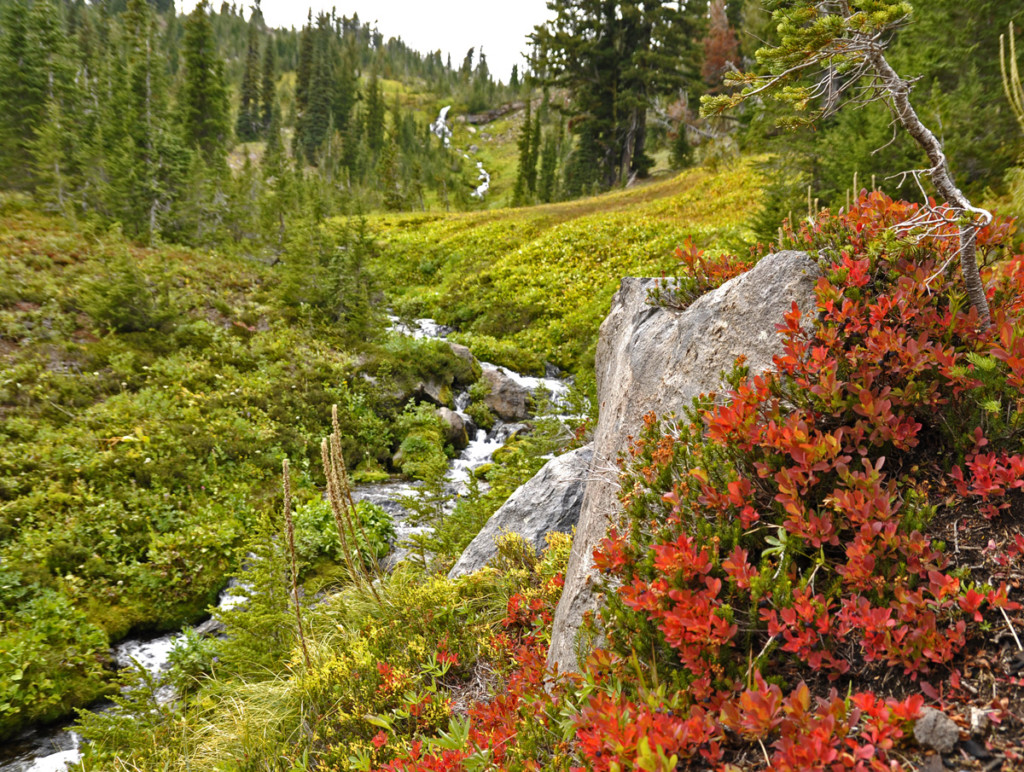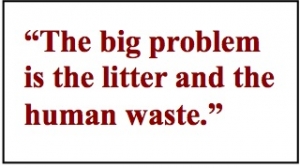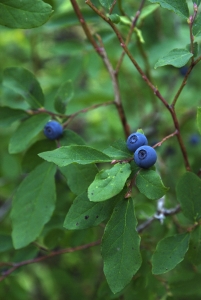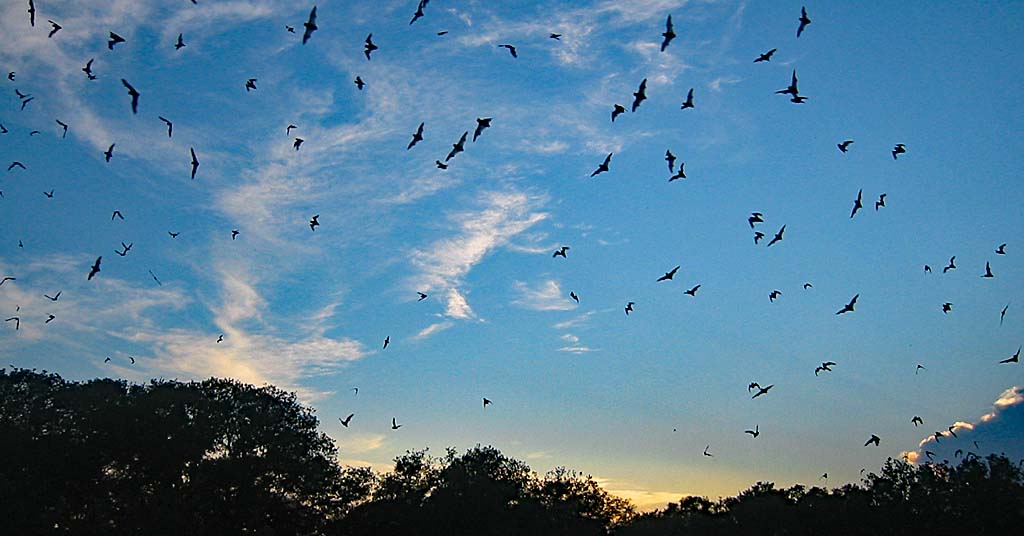By Des Campbell. Mar. 20, 2015.
In. Out. Movement. That is transportation. Moving the Gorge’s natural resources – lumber, fish, water – affects who gets it and the impacts of the transport. This movement of goods is how we wrap up our Transportation focus. Des Campbell looks at one: huckleberries in the national forests. SEH & EKK
When it comes to huckleberry picking, no one is happy.

Huckleberries Autumn, photo by Jurgen Hess
The huckleberry picking business revolves around the same thing all businesses do: money. And when that’s the bottom line, it’s understandable why permitting of commercial huckleberry picking has pickers and buyers upset. Permitting limits their season and the amount that they can harvest.
Buyers are required to check and record permit numbers when they buy, and can only purchase between certain dates. One buyer complains, “Putting a season on the picking really hurts the business because they are ripe when they are ripe. Some people from California came up, could only work 8 days. It was a waste of a trip.”
But should huckleberry picking be big business?
The average cost to consumers is between $30 and $40 per gallon. A 14 day permit costs $40 and allows pickers to harvest 40 gallons. An entire season permit costs $75 and allows pickers to harvest 75 gallons. Personal use pickers are allowed 3 gallons per person per season for free. That’s a lot of berries being harvested.
The U.S. Forest Service attempts to control the number of berries leaving the forest. They have designated some areas totally off limits from commercial picking, require permits, and limit the picking season in order to regulate the amount of berries being taken from the forest. Right?
Well, not exactly.
The truth is that these designated non-commercial areas are there because of tribal obligations and to keep confrontations from happening between commercial and personal use pickers. And although the commercial picking season doesn’t start till mid-August, personal use pickers can harvest as soon as they can find berries.
But according to the Forest Service, heavy picking is not a big problem because huckleberries have root systems with rhizomes that grow into stems and become new plants. They say harvesting is only an issue when pickers illegally use tined instruments to rake berries quickly from huckleberry bushes.  This causes damage that can kill plants.
This causes damage that can kill plants.
So what does the Forest Service believe to be the biggest problem with huckleberry harvesting? One forester for the U.S. Forest Service said, “A lot of the commercial pickers stay and are camping. The big problem is the litter and the human waste.” The Forest Service cracked down five or six years ago with fines and a supply of free waste bags.
For the whole of the Gifford Pinchot National Forest, there are 24 personal who can enforce laws by handing out fines. How many of those people are on shift on a given day? The Gifford Pinchot National Forest is 2,065 square miles. That’s a lot of ground to cover.
Last summer I was in the non-commercial picking area and saw cars with large flats of berries containing much more than the three gallon limit, meaning they were commercial pickers in a non-commercial zone. Their license plates were from Texas. Many of the plates I see each summer are not from Washington or Oregon.
So in a sense the forest imports waste and exports a natural resource.
What studies are being done on the growth or reduction of plant populations related to each year’s harvests? How much berry picking is sustainable? What if designated camp sites with bathrooms and proper garbage disposal were provided for pickers? I have more questions than answers.











